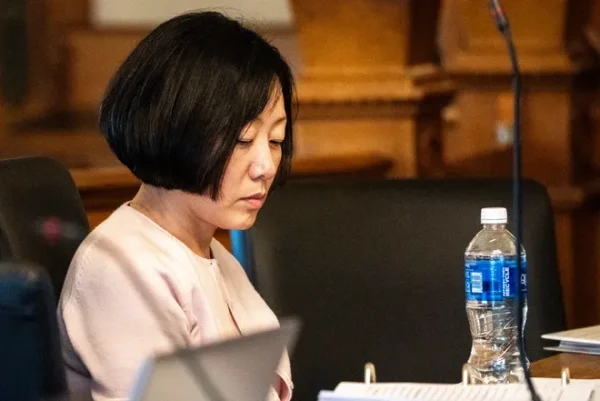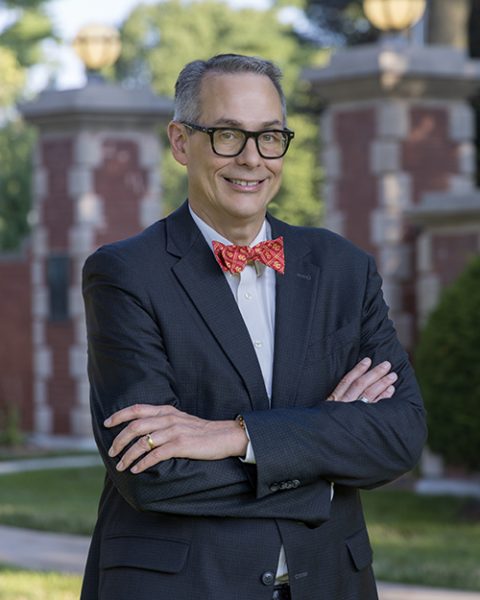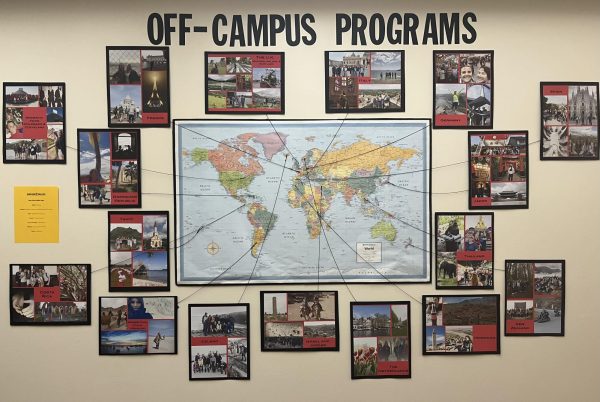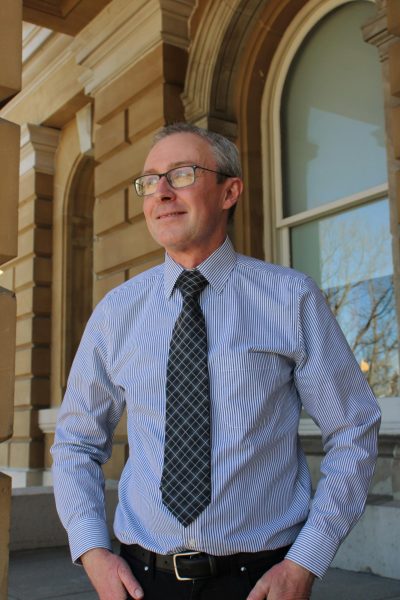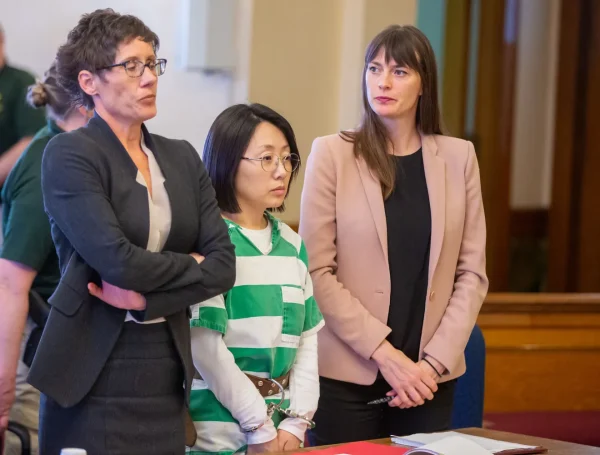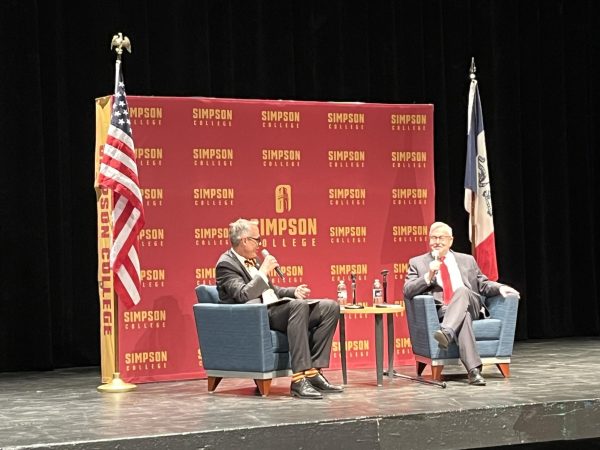Moving up: Officials announce student retention rates
February 10, 2016
In mid-January, President Jay Simmons indicated that Simpson College’s full-time undergraduate count was around 1,259 with 1,300 total full-time students.
According to Jody Ragan, college registrar, and Luke Behaunek, dean of students, faculty and staff hadn’t done anything extraordinary in improving the overall retention, other than doing follow-ups with students and making sure they’re registered, or letting them know if they had holds.
Ragan said one specific factor that increased retention could be an increase of transfer students between the fall and spring semester. They had over 20 new transfers for the spring semester.
“It can fluctuate,” Ragan said. “Most transfers come at the beginning of the academic year, but there was an influx for the spring semester this year.”
“For total student numbers, it’s important that the size of this year’s senior class is taken into consideration,” Behaunek said. “This year’s senior class was one of our largest. As that class graduates, it’ll be important for the college to bring in new students to fill that gap in our total student enrollment.”
The overall retention rate at Simpson increased in the past few years — not just with the spring semester.
Jim Hayes, associative dean and director of retention and student success, said the freshman class was around 322 students this year, and 79 to 83 percent of those students come back each year.
He found that students who stay for their first and second year tend to graduate as seniors. The first years are what they pay attention to the most.
Of the percentage of students who do leave, it’s either from wanting to pursue their degree elsewhere or for personal reasons. Not every student’s departure is entirely preventable. Simpson is not the right fit for everyone, Hayes said.
Low-income students, students with undeclared majors and underrepresented students with disabilities are usually high-risk with faculty and staff reaching out and letting them know what resources are available. With Simpson being a tuition-dependent institution, even losing five to 10 students could be an issue for revenue.
Hayes’ position is new this year, geared specifically toward student success and overall retention.
Previously, the Task Retention Force was involved with student success and retention, and Hayes didn’t know whether or not this will implement major changes to have one person in charge rather than a team. Some of his ideas will have long term implications in positive ways for students to finish their degrees, specifically with his five-year plan.
“I want to emphasize we do really well and we’re already hitting above our weight, if you want to use a box analogy of it, because of the place we are,” Hayes said. “We’re just trying to do a little bit better.”
The Simpson College 2019 Strategic Plan, which details graduation and retention goals, aims to “increase by 2019 the College’s retention for first-year students from its recent average of 80 percent to 85 percent; four-year graduation rate from 58.8 percent in 2014 to 65 percent; and six-year graduation rate from 66.7 percent in 2014 to 72 percent by enacting the recommendations of the Retention Task Force.”
From 2016 to 2019, Hayes also said there will be changes to the plan and learning how to improve enrollment even more. Simpson’s 81 percent is relatively high, especially in comparison to other institutions, such as community colleges that have as low as 5 percent retention.
“Our goal is really the end,” Ragan said. “You know, to see you complete your degrees and find ways for you to do that if there are obstacles in your way.”







